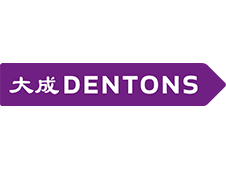Ransomware attacks are on the rise. These attacks can be debilitating to business, negatively affecting the organization’s productivity, financial performance and brand. Below, we discuss who the malicious actors are targeting, trends in ransomware attacks and the cost of remediation. In follow-up alerts, our team will address methods to increase your IT/cybersecurity posture and the value of cyber insurance, as well as specific issues faced by industries.
For additional information on ransomware, cybersecurity and data protection and privacy, we encourage you to subscribe to our blog,
Security & Privacy//Bytes.
The Scene: Experiencing the Unimaginable
Imagine that you walk into your office one morning to find that all employees’ computers have been locked, with a threatening message posted on each employee’s computer screen demanding a ransom payment in return for the company computer system being unlocked. Your company’s data is locked and the backup files have been destroyed. As you scramble to respond to this terrifying scenario, precious time elapses and your business cannot function. Your company is hemorrhaging time, money and customer goodwill, among other things. It is likely that your communication system is down, turning even the simplest coordination into a Herculean task. You are at the mercy of an unseen force – a malicious actor. Your company is a victim of a ransomware attack.
Think this cannot happen to you?
Think again.
Ransomware: Emergence and Proliferation
Ransomware is a type of malicious software, otherwise known as malware, which denies access to a system or data until a set ransom is paid. Ransomware can enter a company’s systems through, among other things, contact with an infected website or as a result of a successful phishing email. In many cases, malicious actors infiltrate a company’s systems long before they deploy the ransomware. They will then take time to perform reconnaissance on the company’s IT infrastructure in order to ensure that their deployed ransomware is targeted to maximize the encryption of data. Once a company’s systems are breached, the malicious actor can encrypt them and/or exfiltrate key files, and then will demand a ransom payment, generally in bitcoins, in exchange for the decryption key or restoration of the stolen files. The files in question may contain commercially sensitive information, privileged documents and/or personal information. Ransom demands can range from thousands to millions of dollars in bitcoins.
To read the full article Click Here












































